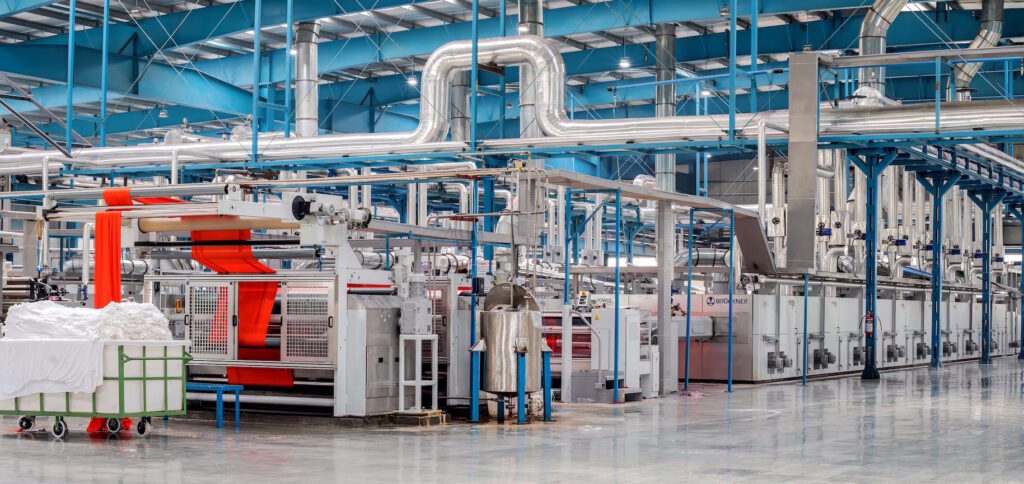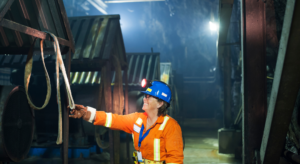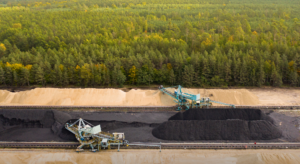In recent years, there has been growing concern about the negative effects of dust pollution on our health and the environment. Dust pollution is a serious issue that can cause respiratory problems, allergic reactions, and even lung cancer. Traditional manufacturing methods have been known to contribute significantly to dust pollution levels, but with the rise of smart manufacturing, we have the opportunity to reduce these levels and create a healthier environment. In this post, we will explore how smart manufacturing can lower dust pollution levels and improve our quality of life.
Why is this important?
Lowering dust pollution levels through smart manufacturing is crucial for several reasons. Firstly, high levels of dust pollution pose a significant threat to human health, causing respiratory problems, allergic reactions, and even lung cancer. In addition, dust pollution can harm wildlife, damage ecosystems, and have negative effects on the climate. Secondly, traditional manufacturing methods are known to be major contributors to dust pollution. With the increasing demand for products, the manufacturing industry has been growing rapidly, leading to higher levels of pollution. Thirdly, regulations and laws have been put in place to limit the amount of dust pollution allowed in the atmosphere. Failure to comply with these regulations can result in significant fines and legal action against the manufacturing company. Therefore, it is essential to find ways to reduce dust pollution levels while still meeting the demand for products. Smart manufacturing presents an opportunity to achieve this by using advanced technologies and data analytics to optimize the manufacturing process, minimize waste, and reduce emissions. Ultimately, lowering dust pollution levels through smart manufacturing can create a safer and healthier environment for everyone.
How can smart manufacturing help?
Smart manufacturing can help reduce dust pollution levels by using advanced technologies to optimize the manufacturing process, minimize waste, and reduce emissions. Here are some ways that smart manufacturing can achieve this:
- Real-time monitoring: Smart manufacturing uses sensors and monitoring systems to track the manufacturing process in real-time. By monitoring factors such as temperature, pressure, and humidity, manufacturers can identify potential sources of dust pollution and take corrective action before they become a problem.
- Automated control: Smart manufacturing also utilizes automated control systems to regulate the manufacturing process. These systems can adjust the speed and intensity of machinery to minimize dust emissions, reduce energy consumption, and improve overall efficiency.
- Data analytics: Smart manufacturing also leverages data analytics to identify patterns and trends in the manufacturing process that may contribute to dust pollution. By analyzing this data, manufacturers can optimize their operations, reduce waste, and lower emissions.
- Robotics and AI: Smart manufacturing also uses robotics and artificial intelligence to automate the manufacturing process further. By using robots to perform repetitive tasks, manufacturers can reduce the amount of dust generated by human workers. AI algorithms can also optimize the manufacturing process, reducing waste and minimizing emissions.
- Cleaner energy sources: Smart manufacturing can also shift to cleaner energy sources, such as solar, wind, or hydroelectric power, to reduce emissions from traditional fossil fuel-based energy sources.
In summary, smart manufacturing can lower dust pollution levels by using real-time monitoring, automated control, data analytics, robotics, and AI to optimize the manufacturing process and reduce waste and emissions. By adopting these advanced technologies, manufacturers can not only meet regulatory requirements but also contribute to a healthier and more sustainable environment.
What might smart manufacturing mean for the future?
In conclusion, smart manufacturing offers a promising solution to the problem of dust pollution in the manufacturing industry. By leveraging advanced technologies such as real-time monitoring, automated control, data analytics, robotics, and AI, manufacturers can optimize their operations, minimize waste, and reduce emissions. The benefits of smart manufacturing are significant, not only in terms of meeting regulatory requirements but also in creating a healthier and more sustainable environment. As we continue to face the challenges of climate change and environmental degradation, it is essential to embrace innovative solutions such as smart manufacturing to reduce our impact on the environment. By working together, we can create a brighter and cleaner future for ourselves and future generations.
Join key decision-makers at the Efficient Mining Operations Summit in Barcelona, Spain on May 4th to 5th to learn more. Visit future-bridge.eu or mining-events.com and follow us on our social media to keep track of other events about sustainability in the mining and metals industry.





